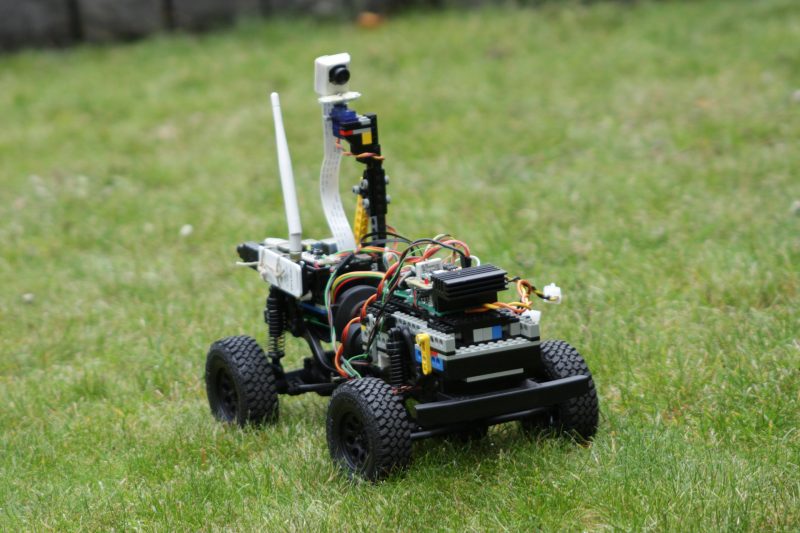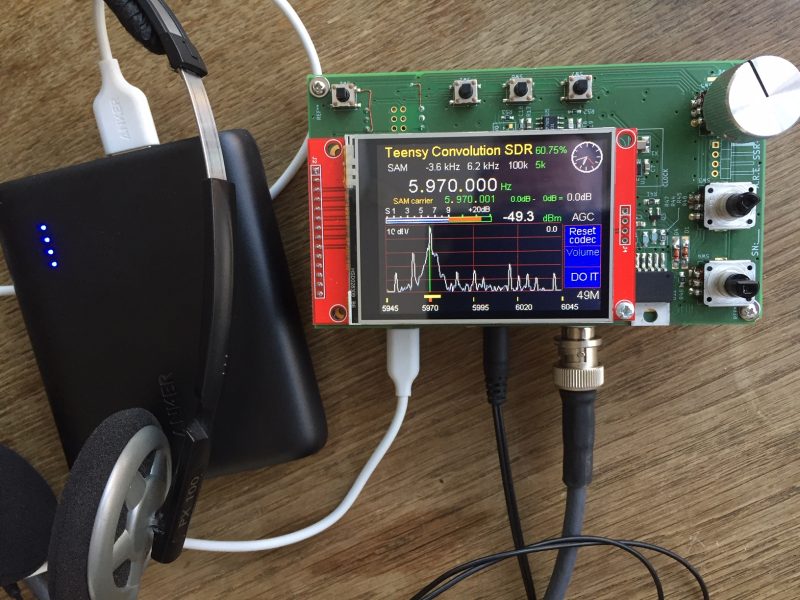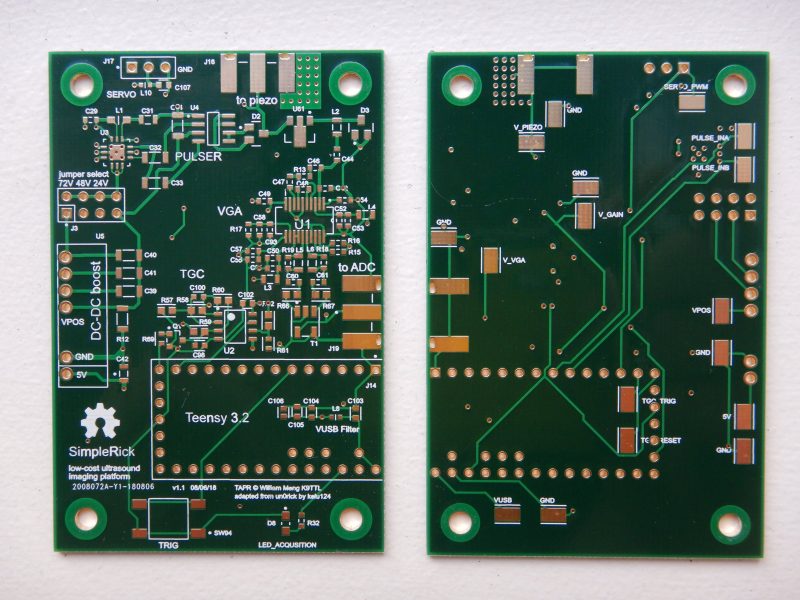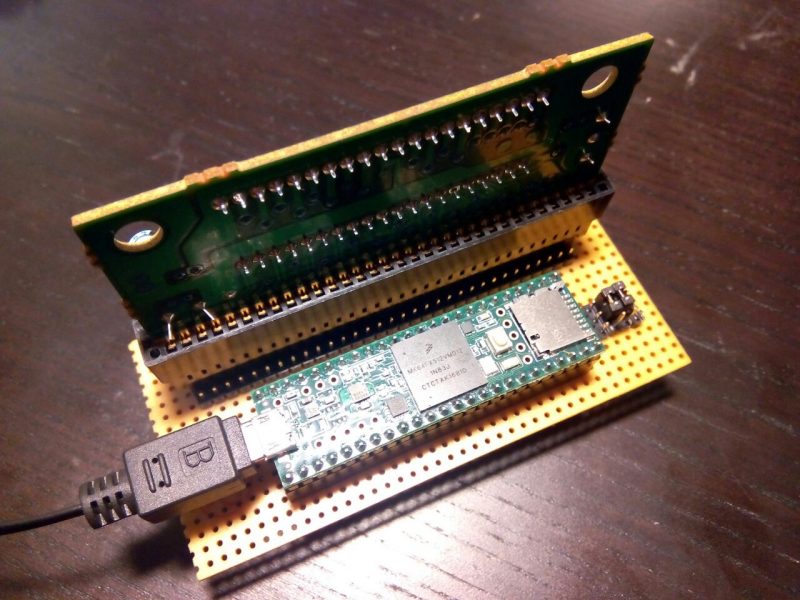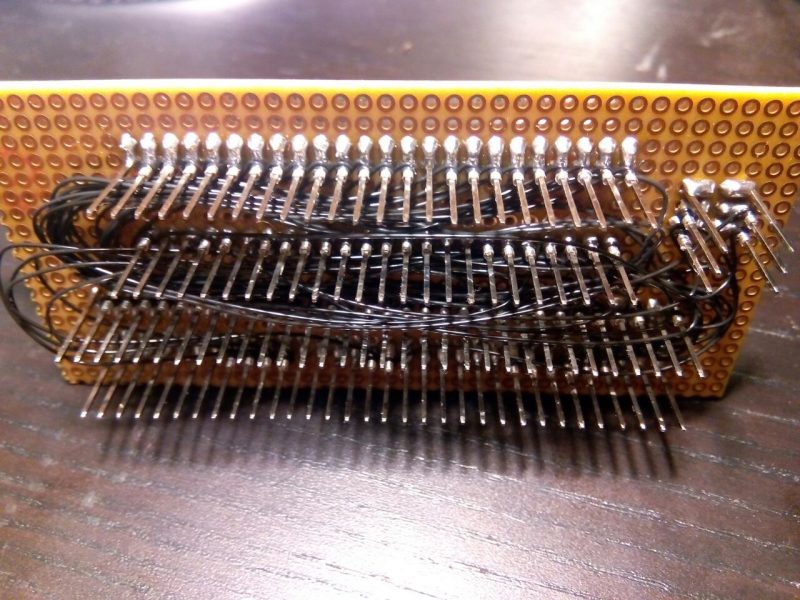MIT Media Lab have developed the new and improved Knitted Keyboard II using electrically conductive, capacitive and piezoresistive fabrics and fibers.
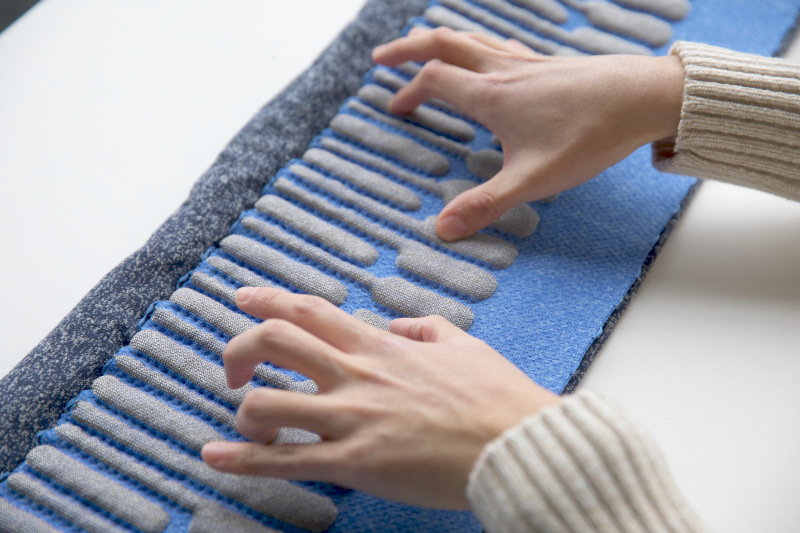
The Knitted Keyboard II, from Irmandy Wicaksono and team, is a multi-modal, soft and stretchable e-textile musical interface. It responds to touch, including keystrokes, pressure, squeezing and pulling, and continuous proximity, such as hovering and waving. This means that you can play it in a range of ways: like a keyboard, a theremin or as something that is a mixture of the two. You can even wear it like a scarf.
MIT’s Knitted Keyboard II runs on a Teensy 4.0 and uses five MPR121 proximity/touch controllers. It uses MIDI and can therefore sound like any software instrument you have access to, making it incredibly versatile.
Check out Hackaday’s coverage of the Knitted Keyboard II or read the MIT project overview for more detail on this project.

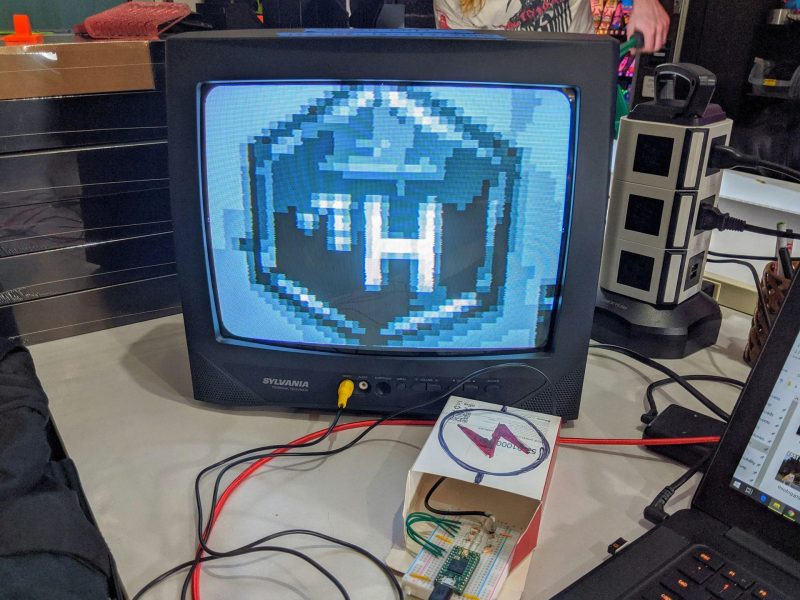
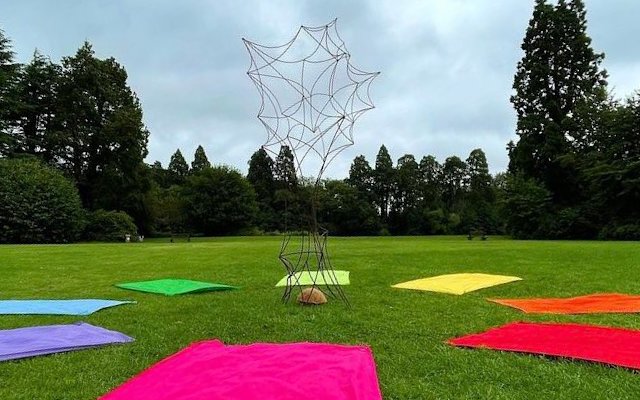
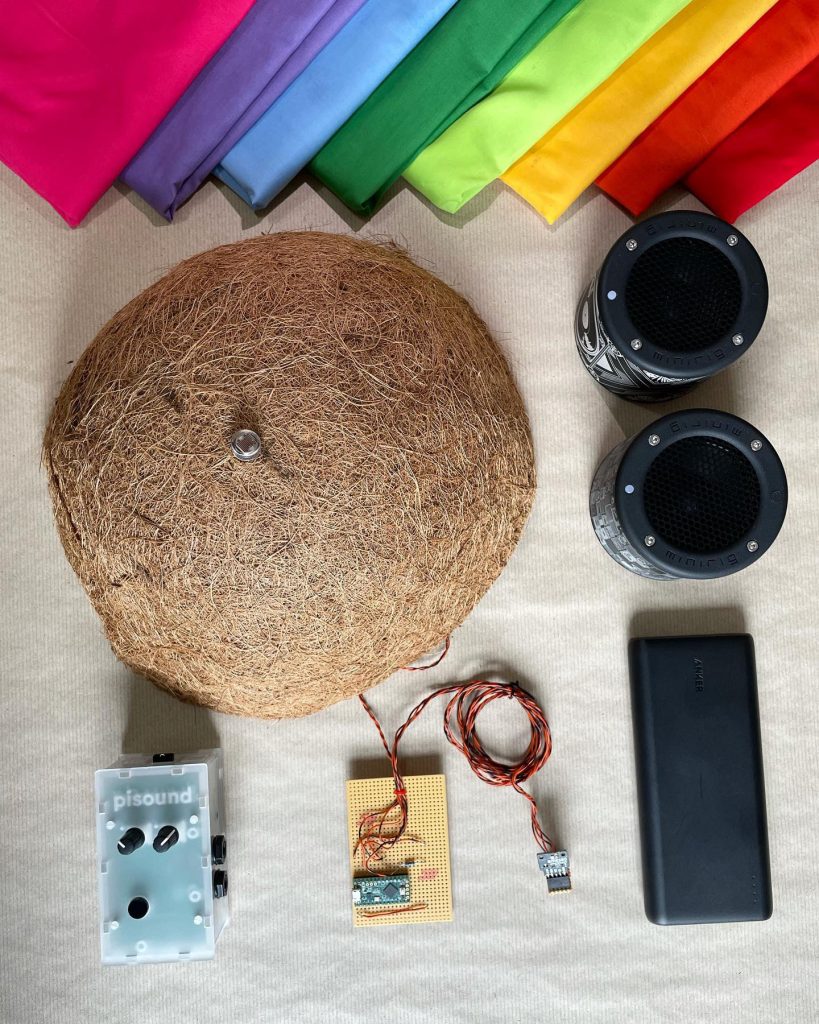
 The Vindor ES is a USB MIDI controller with a built-in synthesizer, speaker, headphone jack, plus a 1/4″ jack output for an amplifier or guitar pedal. Developed for the educational market, it comes with online and mobile education software.
The Vindor ES is a USB MIDI controller with a built-in synthesizer, speaker, headphone jack, plus a 1/4″ jack output for an amplifier or guitar pedal. Developed for the educational market, it comes with online and mobile education software.